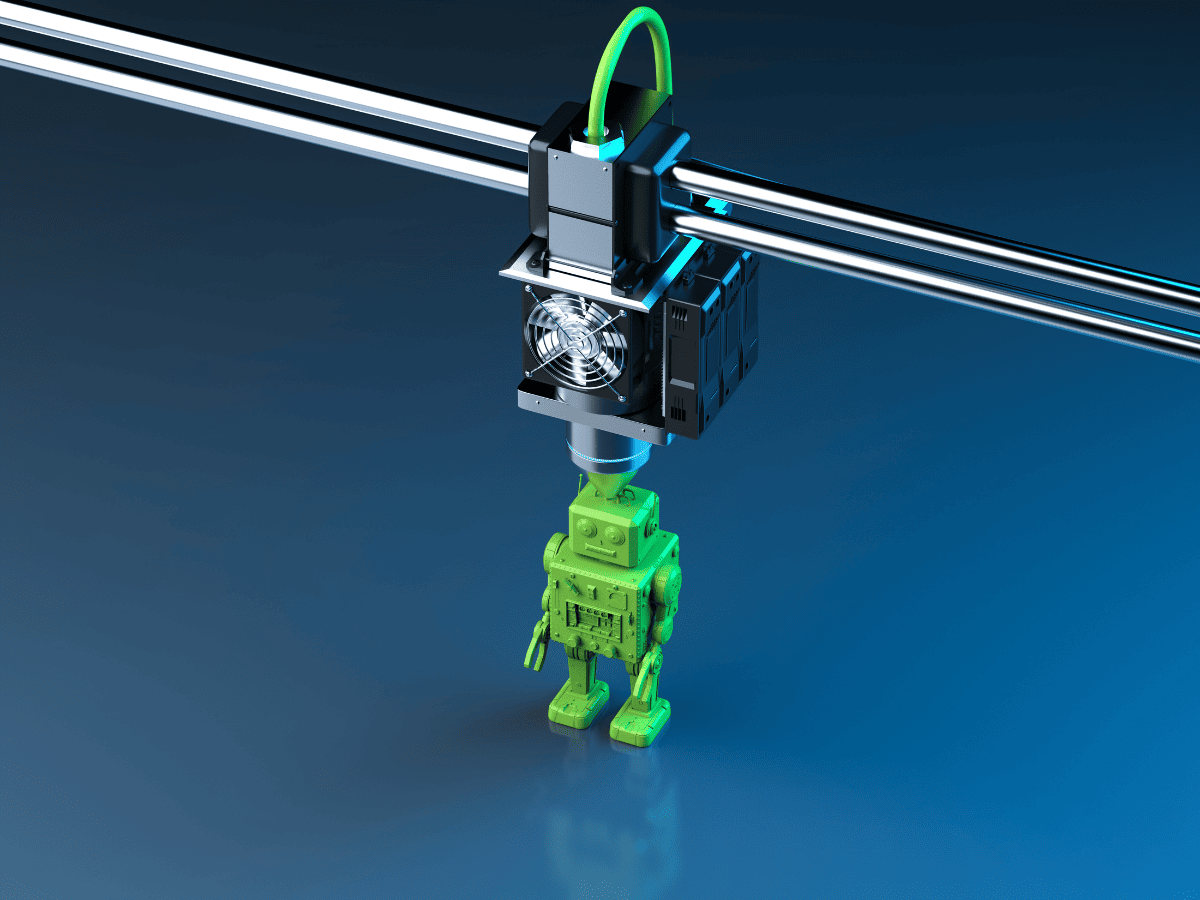In an era dominated by technological advancements, artificial intelligence (AI) has emerged as a game-changer across various industries. The printing industry, traditionally associated with physical reproductions of text and images, is no exception to this transformative wave. As AI continues to evolve, its impact on the printing industry is poised to revolutionize the way we create, reproduce, and interact with printed materials.
1. Enhanced Efficiency and Automation:
One of the primary ways AI is set to reshape the printing industry is through increased efficiency and automation. AI-powered systems can optimize the entire printing process, from prepress tasks to post-press finishing. Automated workflows, driven by intelligent algorithms, can significantly reduce manual intervention, minimizing errors and streamlining production timelines. This not only enhances productivity but also allows printing businesses to handle larger volumes with greater accuracy.
2. Personalization and Variable Data Printing:
AI opens the door to unprecedented levels of personalization in printed materials. By analyzing vast datasets and user behavior, AI algorithms can generate highly targeted content for individual consumers. This capability is particularly valuable in marketing and advertising, where personalized communication can significantly improve engagement and conversion rates. Variable data printing, enabled by AI, allows for the seamless integration of personalized text, images, and other elements, catering to the unique preferences of each recipient.
3. Predictive Maintenance for Printing Equipment:
AI-driven predictive maintenance is another area where the printing industry stands to benefit. By monitoring the performance of printing equipment in real-time, AI algorithms can predict when components are likely to fail or require maintenance. This proactive approach minimizes downtime, reduces operational costs, and prolongs the lifespan of machinery. Printers can transition from reactive to preventive maintenance, ensuring that their equipment operates at peak efficiency.
4. Quality Control and Image Enhancement:
AI-powered image recognition and analysis play a crucial role in maintaining and enhancing print quality. Automated quality control systems can detect imperfections, color inconsistencies, and other defects during the printing process. AI algorithms can then make real-time adjustments, ensuring that the final output meets the highest standards. This not only improves the overall quality of printed materials but also reduces waste by identifying and correcting issues before they become significant problems.
5. Sustainable Printing Practices:
AI can contribute to sustainability efforts within the printing industry by optimizing resource usage. Through data analysis and process optimization, AI can help reduce material waste, energy consumption, and environmental impact. Printers can implement eco-friendly practices with the guidance of AI algorithms, aligning their operations with the growing demand for environmentally responsible printing solutions.
As artificial intelligence continues to advance, its integration into the printing industry promises a future of increased efficiency, personalized content, and sustainable practices. Printers that embrace AI technologies stand to gain a competitive edge in a rapidly evolving market. By leveraging the transformative power of AI, the printing industry can redefine the way it operates, delivering innovative solutions that meet the demands of a digital and data-driven era.
Request a Quote
Over the years we have accumulated a lot of knowledge about how to create compelling impactful marketing communications. We are here to answer any questions you might have or offer guidance to help take your project from good to GREAT! Give us a call today.
